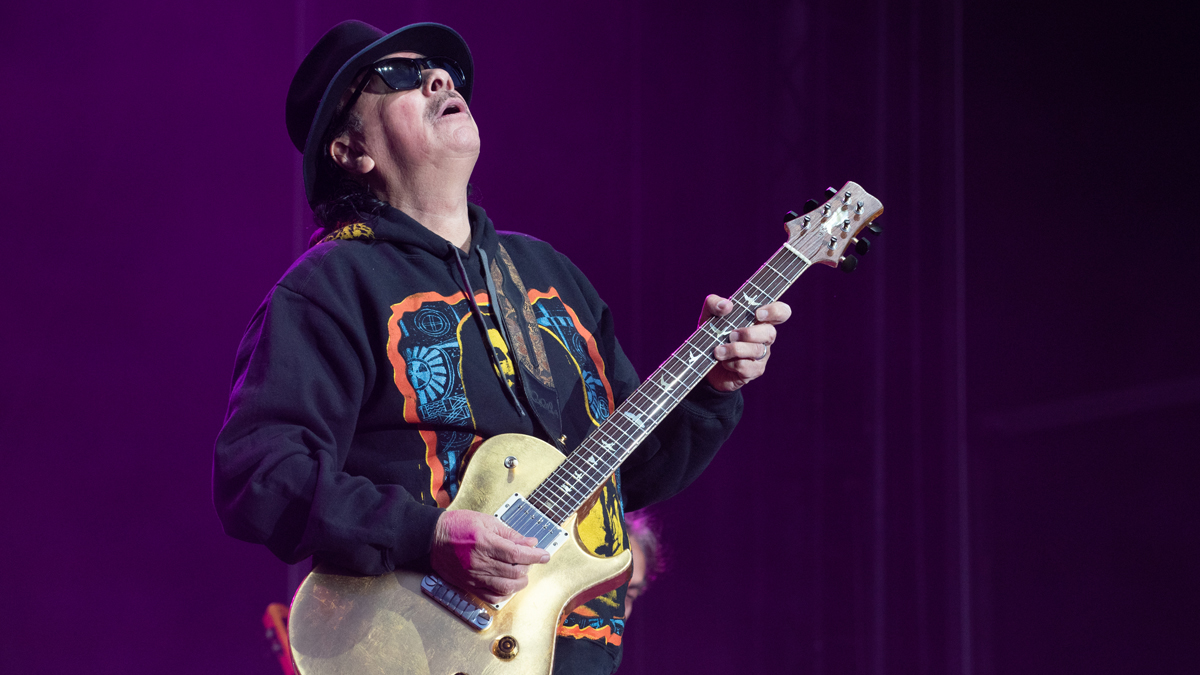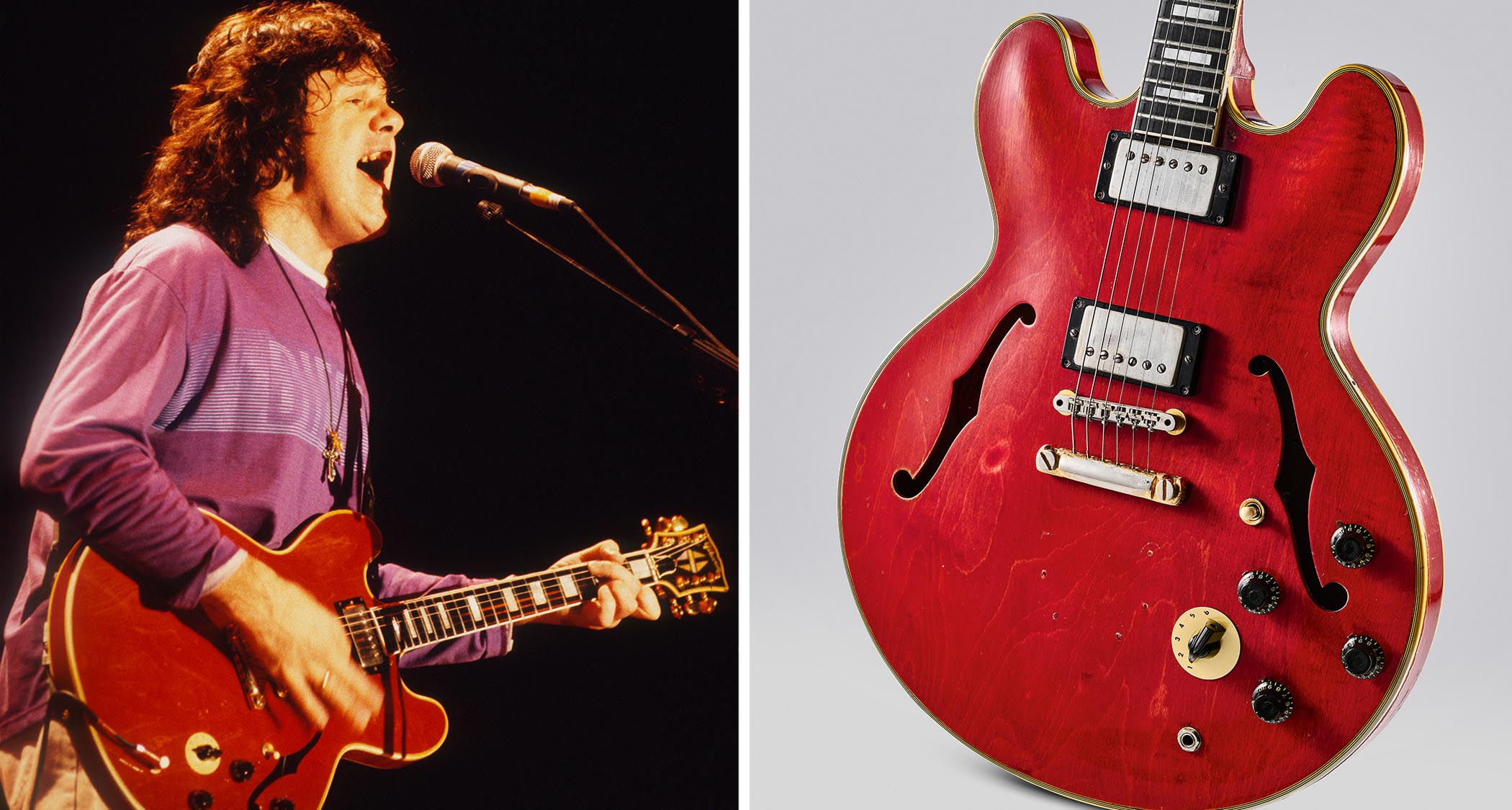
Carlos Santana’s tone is usually associated with two things: a PRS electric guitar and Mesa/Boogie guitar amp. Over his career, the tried-and-trusted combination has been the rock-solid foundation behind Santana’s sound, and is at the heart of some of his most famous tracks.
For his recently released effort, however, Santana reinvented his own sonic wheel. Rather than opting for his stalwart set-up once more, he instead swapped out his revered Mesa/Boogie for a different selection of amps altogether.
As such, Blessings and Miracles marks the first-time ever that Santana has entered a studio to track an album without the aid of his trusted Mesa/Boogie.
Perhaps even more notably, it marks a potential end to Santana’s longstanding relationship with the company, which began back in the '60s when Randall Smith started developing products in his Prune Music store. In fact, legend has it that it was Santana who initially named the amp in the first place.
According to popular lore, Santana, after testing one of Smith’s designs, exclaimed, “That little thing really boogies!” thus giving birth to the Mesa/Boogie name.
Speaking in the November issue of Guitarist, Santana discussed his recent gear change, revealing, “This is the first album that I did not use Mesa/Boogie amplifiers on. We have parted ways.
“I used Dumble amplifiers, the 100-watt Overdrive Reverb,” he continued. “Dumble is the sound of flesh against flesh. I also used the Bludotone 100-watt Universal Tone: it’s an amplifier that’s made in Colorado.
All the latest guitar news, interviews, lessons, reviews, deals and more, direct to your inbox!
“I try a lot of different things, but I always go back to just my fingers, a Cry Baby wah-wah and the amplifier.”
Elsewhere in the conversation, Santana discussed the guitars that made it onto the album, saying he only used his “gold Paul Reed [Smith] single-cut [gold-leaf Private Stock model]” that always “delivers whatever is needed”.
“I don’t know what pickups I’ve got in there,” he admitted. “I’ll have to ask Paul Reed. All I know is that they sound really good.”
And, when quizzed about whether he’s ever had his head turned by an electric guitar that wasn’t a PRS, Santana admitted he once had a brief fling with the Fender Stratocaster, saying, “For five or seven years, I played a Strat a lot – not so much on stage but in the studio.
“I recorded three or four albums with just a Stratocaster,” he revealed. “That was the last 10 years, until this album, which is purely Paul Reed, in the studio and on the stage. But, before that, I was using this funky old Strat I found in Chicago. A really beat-up one. I wanted to get a gnarly, scratchy, cheap-guitar sound. But I’m done with that.”
Head over to Magazines Direct to pick up the latest copy of Guitarist, which features an exploration of Jimi Hendrix’s surviving Strats, a breakdown of John Mayer’s Sob Rock tones and the full interview with Carlos Santana.

Matt is the GuitarWorld.com News Editor, and has been writing and editing for the site for five years. He has a Masters in the guitar, a degree in history, and has spent the last 19 years playing everything from blues and jazz to indie and pop. During his GW career, he’s interviewed Peter Frampton, Zakk Wylde, Tosin Abasi, Matteo Mancuso and more, and has profiled the CEOs of Guitar Center and Fender.
When he’s not combining his passion for writing and music during his day job, Matt performs with indie rock duo Esme Emerson, and has previously opened for the likes of Ed Sheeran, Keane, Japanese House and Good Neighbours.
